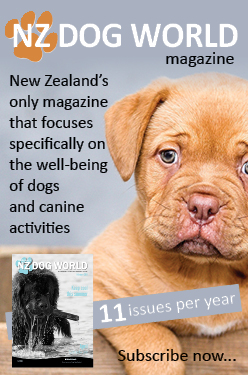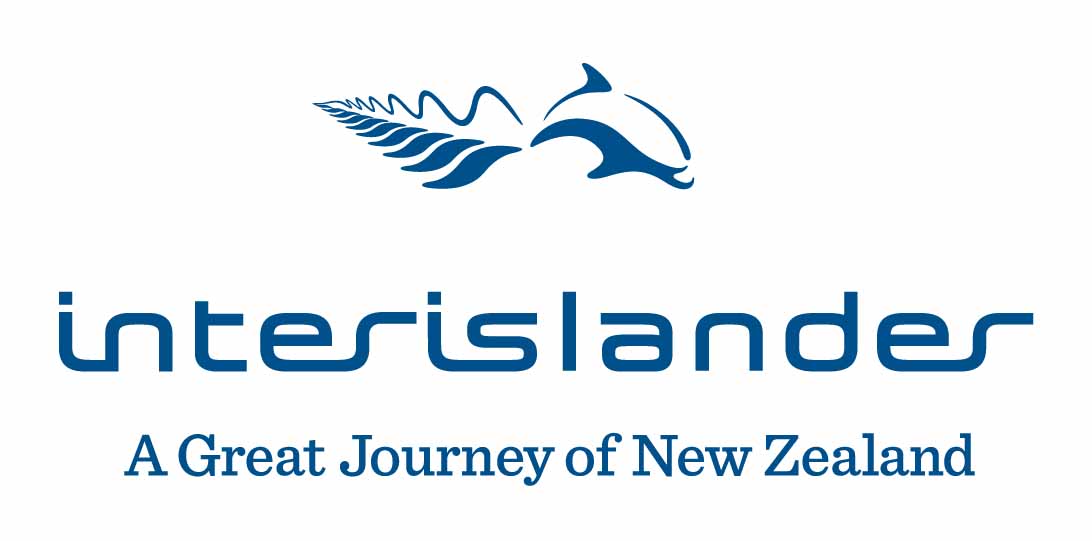- Home
- Clubs
- DogsNZ
About
Animal Welfare
Membership
Join Online
Rules and Regulations
EC Minutes and Year books
Official forms
NZ Dog World Subscription
Junior Dog Training
DNZ-Office
Executive Council
Agility Committee
Dog Training Committee
NZ Gundog Trials Assn
FAQ
Site Map
PD Insurance
Dogs NZ Insurance
Dogs NZ Insurance Breeder Partners
Lodge a Claim
- Shows
- Judges
- Dogs
- Health
- CGC
- Agility
- Breeders
- Dog Training
- Venues
- Scent Work
- Juniors
Quick Links
Contact us
Looking for a puppy?
Breeder contacts
What breed of dog?
Activities for my dog
Looking after my dog
Buying a pure bred dog
Why buy a registered dog?
Join Dogs New Zealand
Show my dog
Train my dog
Other activities
Our clubs
Our magazine
Puppy and Dog Insurance
Insurance for Breeders
Looking for a puppy?
Breeder contacts
What breed of dog?
Activities for my dog
Looking after my dog
Buying a pure bred dog
Why buy a registered dog?
Join Dogs New Zealand
Show my dog
Train my dog
Other activities
Our clubs
Our magazine
Puppy and Dog Insurance
Insurance for Breeders







